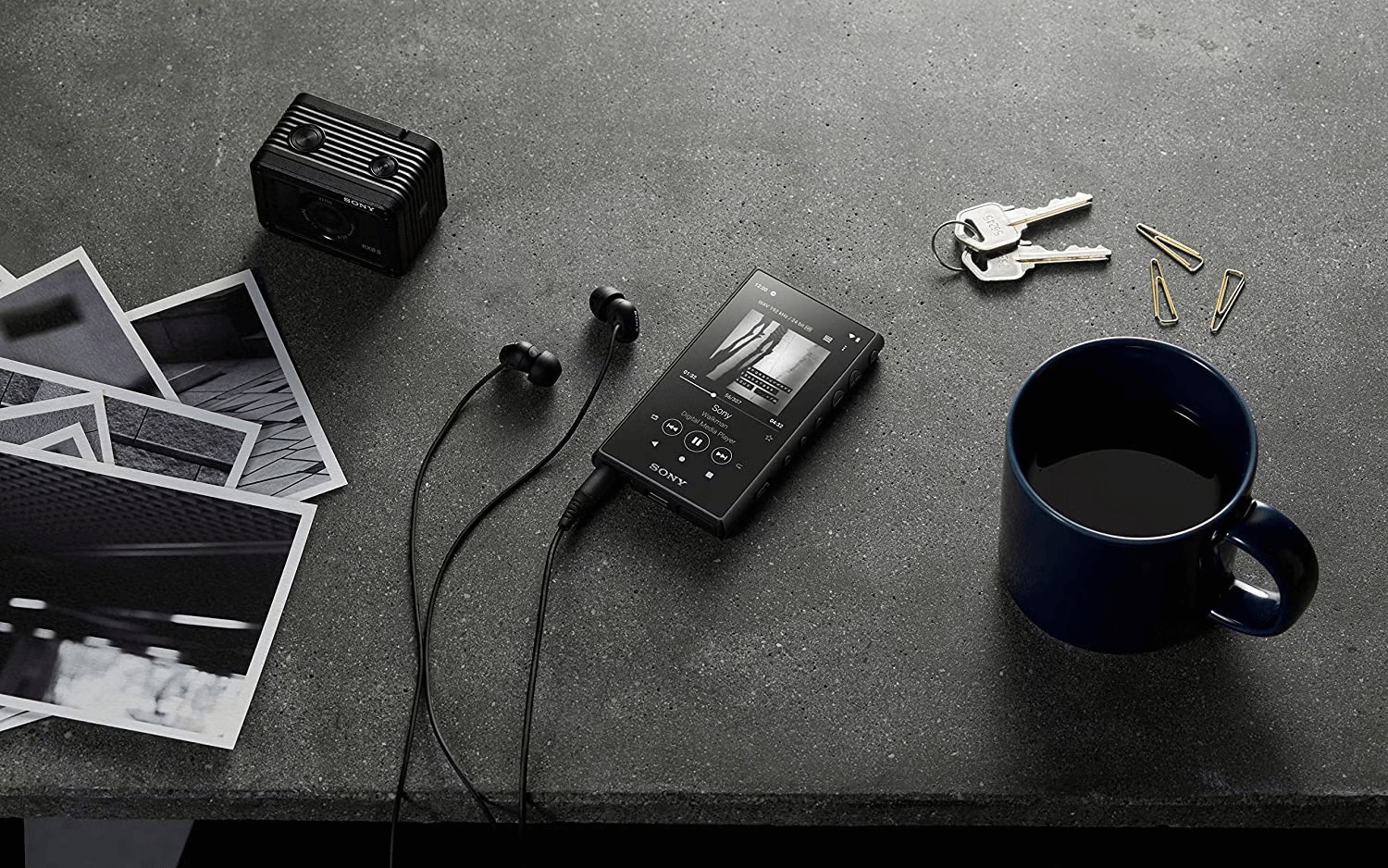
Introduction
Apple Lossless Audio Codec, or ALAC, stands as a prominent player in the realm of lossless audio compression. Similar to FLAC, ALAC prioritizes the preservation of every sonic detail from the original audio source. This commitment to uncompromised quality makes it a compelling choice for audiophiles within the Apple ecosystem.
Preserving Perfection: The Core of ALAC
ALAC employs a lossless compression technique known as Apple Lossless. This method meticulously analyzes the digital audio stream and identifies patterns and redundancies. By cleverly encoding this information, ALAC achieves significant file size reduction without sacrificing any part of the original audio data.
The result? ALAC files are typically around 30-40% smaller compared to their uncompressed WAV counterparts, while remaining faithful replicas of the original recording. This commitment to audio fidelity caters to listeners who demand the highest possible sound quality.
ALAC: A Boon for Apple Users
While FLAC boasts wider industry adoption, ALAC offers distinct advantages for Apple users:
- Seamless Integration: ALAC integrates flawlessly with Apple’s iTunes ecosystem. Users can easily import CDs into ALAC format, rip music libraries, and playback ALAC files on Apple devices like iPhones, iPads, and Macs with native support.
- Metadata Efficiency: ALAC excels at preserving metadata, such as album art, track information, and lyrics, during the encoding process. This ensures a richer user experience within the Apple Music app and other compatible media players.
- Lossless Advantage: Like FLAC, ALAC allows audiophiles to experience music precisely as the artist intended, with every sonic detail captured and retained. This is particularly important for discerning listeners who appreciate the nuances of high-fidelity audio.
ALAC: Considerations and Trade-offs
While ALAC offers a compelling solution for Apple users, there are some trade-offs to consider:
- Limited Compatibility: Compared to FLAC, ALAC’s compatibility with non-Apple devices and software is restricted. This can be a hindrance for users who prefer a more universal format.
- Storage Requirements: As a lossless format, ALAC files share the same drawback as FLAC – larger file sizes compared to compressed formats like MP3. This can be a concern for users with limited storage space on their devices.
ALAC: Ensuring Fidelity for Apple Users
Despite these considerations, ALAC remains a valuable choice for Apple users seeking an uncompromised listening experience. Its seamless integration with the Apple ecosystem, efficient handling of metadata, and commitment to lossless compression make it a compelling format for audiophiles and music enthusiasts alike. As storage capacities continue to expand, ALAC is likely to retain its relevance within the Apple user base for years to come.
